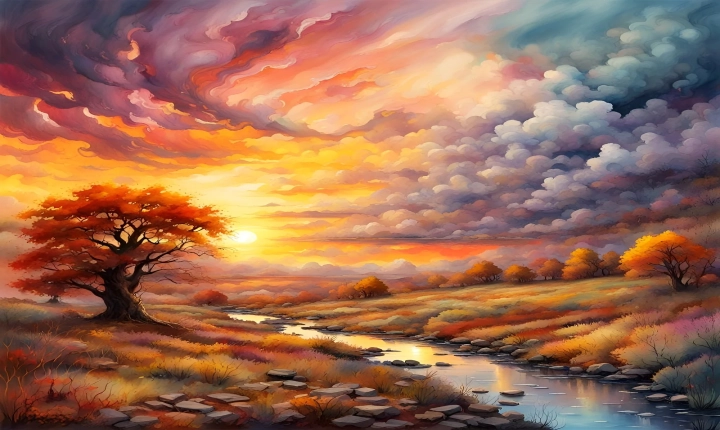Title: Exploring the Advancements in AI Text to Image Generation
In recent years, the field of artificial intelligence (AI) has witnessed remarkable advancements, particularly in the area of text-to-image generation. This cutting-edge technology has the capacity to generate realistic and high-quality images based on textual descriptions, revolutionizing various applications ranging from content creation to design and development.
AI text to image generation involves the utilization of deep learning techniques, particularly generative adversarial networks (GANs), to convert textual descriptions into corresponding visual representations. The process begins with a textual input, which is then interpreted and translated into pixel-level data to construct a coherent and visually accurate image.
One of the breakthroughs in this field is the ability to create detailed, high-resolution images from minimal textual input, demonstrating the capability of AI to comprehend and translate complex descriptions into visually rich compositions. This has profound implications for numerous industries, including e-commerce, advertising, gaming, and graphic design, where the generation of visual content is crucial for engaging audiences and conveying information effectively.
In e-commerce, for example, AI text to image technology can be employed to automatically generate product images based on textual attributes, enabling retailers to swiftly create diverse visual representations of their inventory. This not only reduces the time and resources required for traditional photoshoots, but also facilitates the creation of personalized and customizable visuals tailored to individual customer preferences.
Furthermore, in the realm of design and development, AI text to image generation can streamline the creative process by providing designers and artists with quick visual references for their concepts and ideas. By simply describing a scene or an object, they can obtain instant visual renderings, which can serve as a starting point for further refinement and elaboration.
The potential applications of AI text to image extend beyond practical utility, encompassing creative expression and storytelling as well. Authors and storytellers can utilize this technology to bring their narrative worlds to life, generating vivid and evocative illustrations of their literary creations. This not only enhances the immersive experience for readers but also offers a novel tool for self-expression and creativity.
However, this technology is not without its challenges and ethical considerations. As AI text to image generation becomes increasingly sophisticated, the potential for misuse, such as the creation of deceptive or malicious visual content, raises concerns about misinformation and digital manipulation. Safeguards and responsible usage guidelines must be established to mitigate the potential negative implications and safeguard the authenticity and integrity of visual information.
In conclusion, the advancements in AI text to image generation herald a new era of visual content creation and innovation, significantly impacting various industries and creative pursuits. By harnessing the power of AI to translate textual descriptions into compelling visual representations, we are poised to unlock new dimensions of creativity, efficiency, and engagement in the digital landscape. As this technology continues to evolve, it holds tremendous promise for reshaping the way we perceive and interact with visual content in the digital age.
